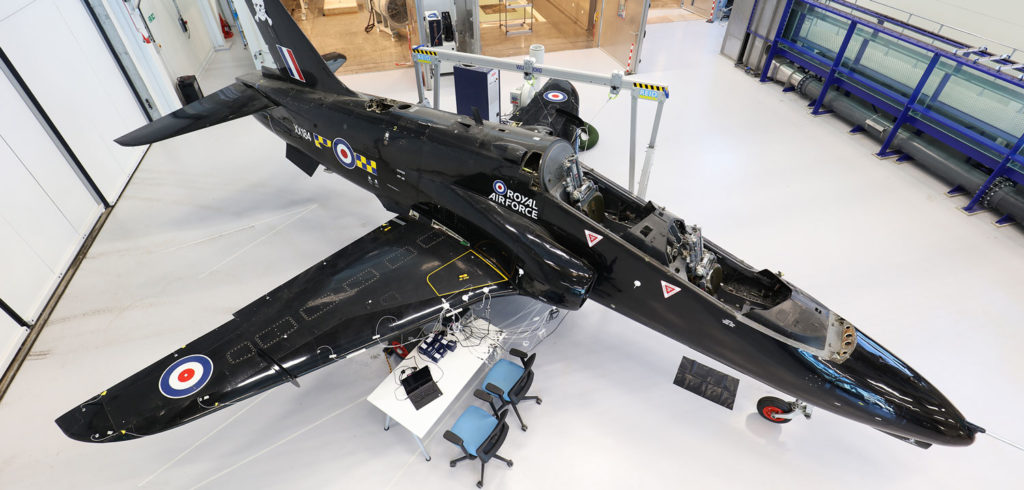The automotive industry is set to benefit from a multi-million pound investment in three new advanced engineering research centers that have opened at the University of Sheffield in the UK.
The new facilities are: the Royce Translational Centre (RTC), the Laboratory for Verification and Validation (LVV), and the Integrated Civil and Infrastructure Research Centre (ICAIR), and will be located within the heart of the Sheffield City Region’s Advanced Manufacturing Innovation District (AMID), a key element of the emerging Global Innovation Corridor that stretches across the Sheffield City Region.
Working with companies to help develop new technologies, the centers will look to cut costs and lead times of industrial processes.
The RTC is home to Royce@Sheffield and the metals research group of AMRC, the National Metals Technology Centre (NAMTEC). Royce@Sheffield is one of the ‘spokes’ of the Henry Royce Institute and its work at the RTC is accelerating the benefits to industry in the field of Advanced Metal Processing including lightweight solutions for transport and the use of 3D printing in automotive applications.
It provides access to a range of specialist equipment such as an Arcast gas atomiser and an Arcam Q10plus electron beam 3D printer for development and production of alloys, powder production and production of other parts at a pre-commercialization scale.
RTC is looking at cost reduction in additive manufacturing to enable more automotive applications as it is currently used only in the high-end sector, such as Formula 1, rather than in mass production, due to the prohibitive cost.
Metron Advanced Equipment Limited, based in Ilkeston in Derbyshire, is working with the RTC to produce parts for automotive applications, such as turbochargers from titanium aluminides using additive manufacturing. Through the application of advanced alloys and new technologies, more complex parts can be produced at greater efficiency.
LVV is a unique facility for conducting vibration and acoustic testing. In addition to being able to study the dynamic behavior of substantial engineering structures in all climatic conditions, LVV is also outfitted with the latest simulation tools.
LVV’s partnership with Sheffield-based Magnomatics through the Department of Mechanical Engineering’s Dynamics Research Group (DRG), focuses on testing the vibration performance of their magnetic gear components. They will now be able to use the environmental chambers at the LVV to test under extreme conditions and temperatures.
The three research facilities are each housed in custom-designed prestigious new buildings, providing an area of 3,000m2. The facilities cost £47m (US61.5m), part-funded by the European Regional Development Fund (ERDF) and UK Research and Innovation (UKRI).
Professor Mike Hounslow, vice president and head of the faculty of engineering, University of Sheffield, said, “At the University of Sheffield we deliver pioneering interdisciplinary research and find solutions to global challenges. The three centers launched today (October 11) build on this established expertise and firmly place us as a key partner for industry.
“The capabilities of the centers will enable us to test and operate on an industrial scale, translating theory into application to improve productivity, cost efficiencies and innovation across a broad range of sectors.”


